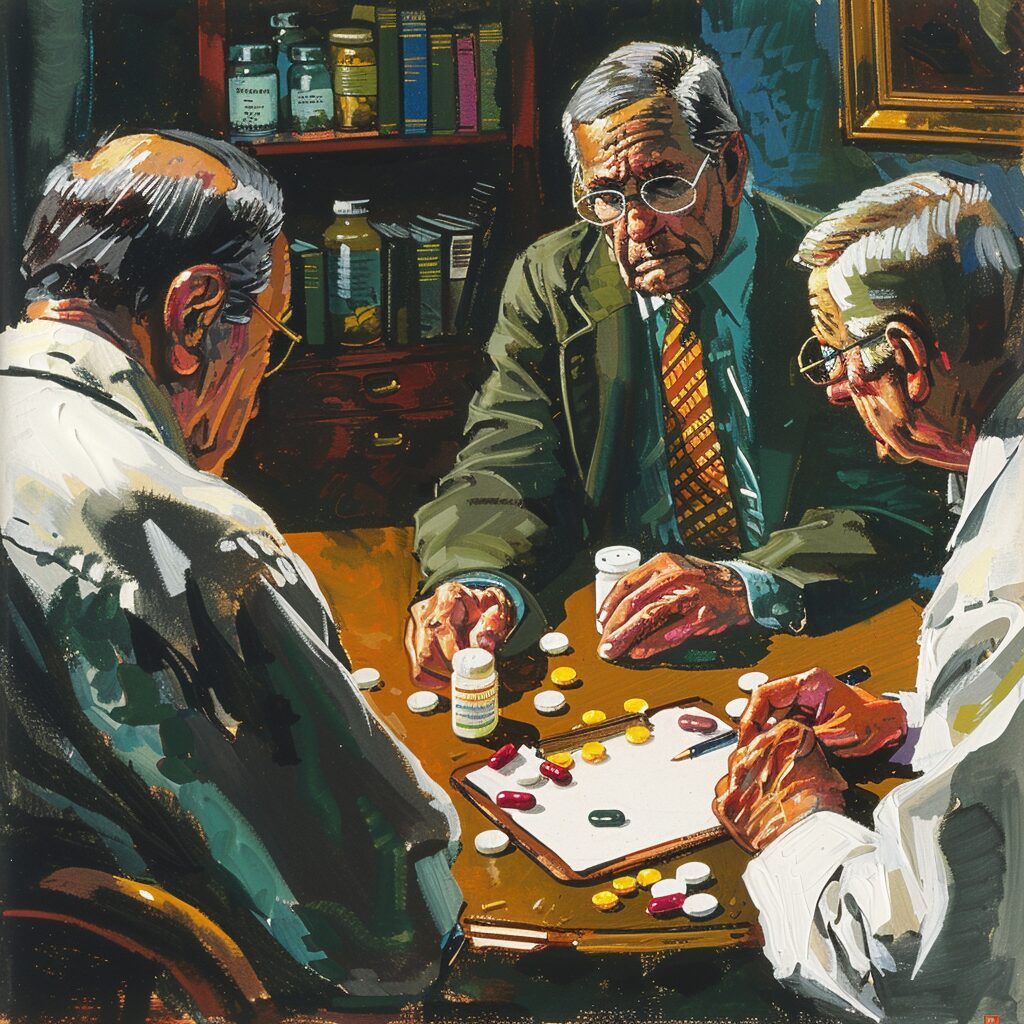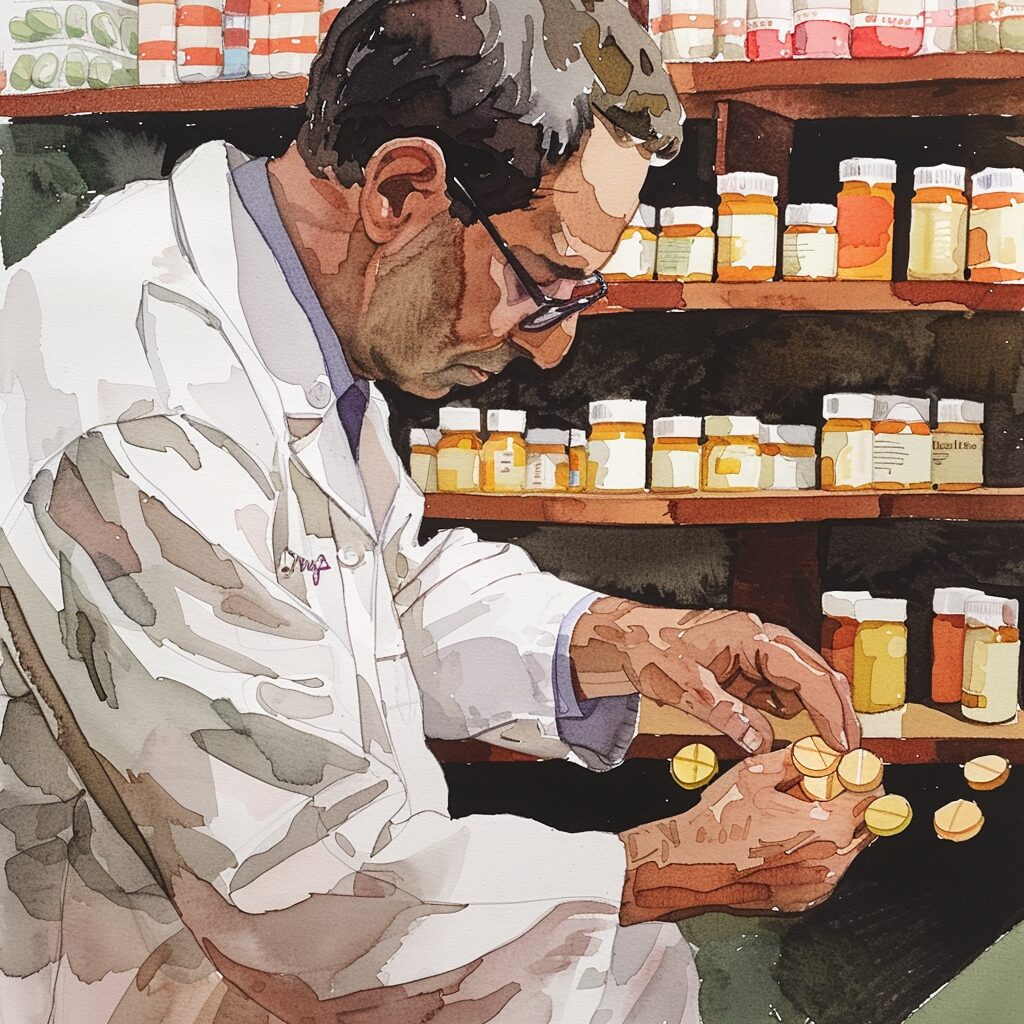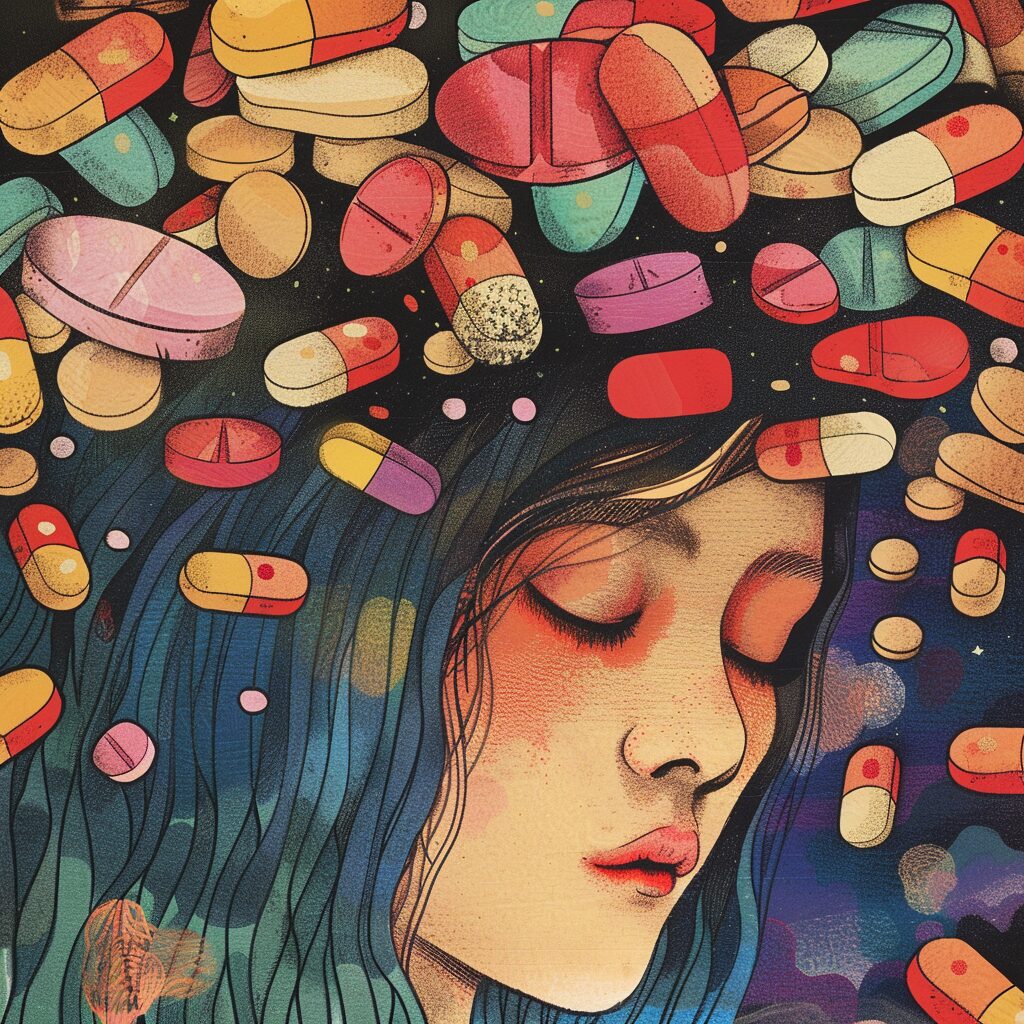Key Takeaway:
- Understanding the causes of cravings: Self-reflection and analyzing the triggers can help identify the external and internal factors contributing to cravings during addiction recovery.
- Developing healthy coping strategies: Creating a comprehensive plan with healthy coping mechanisms and building a support system with loved ones can help manage cravings effectively.
- Seeking professional help and positive distractions: Finding a therapist or support group, exploring medication-assisted treatment options, engaging in physical activity or creative pursuits, and seeking support from positive people can be positive distractions to overcome cravings during addiction recovery.
Are you struggling to stay sober during addiction recovery? Learn how to manage your cravings and win the battle against addiction. You can succeed with the right strategies and determination.
How to Manage Cravings During Addiction Recovery: Understanding Them
Understanding and managing cravings is a crucial part of addiction recovery. As someone who has struggled with addiction, I know firsthand how difficult it can be to resist the urge to use. In the last decade, craving has increasingly been considered an important target for the treatment of patients with alcohol problems, and several drugs able to interfere with the neurotransmitters involved in craving mechanisms have been experimented. 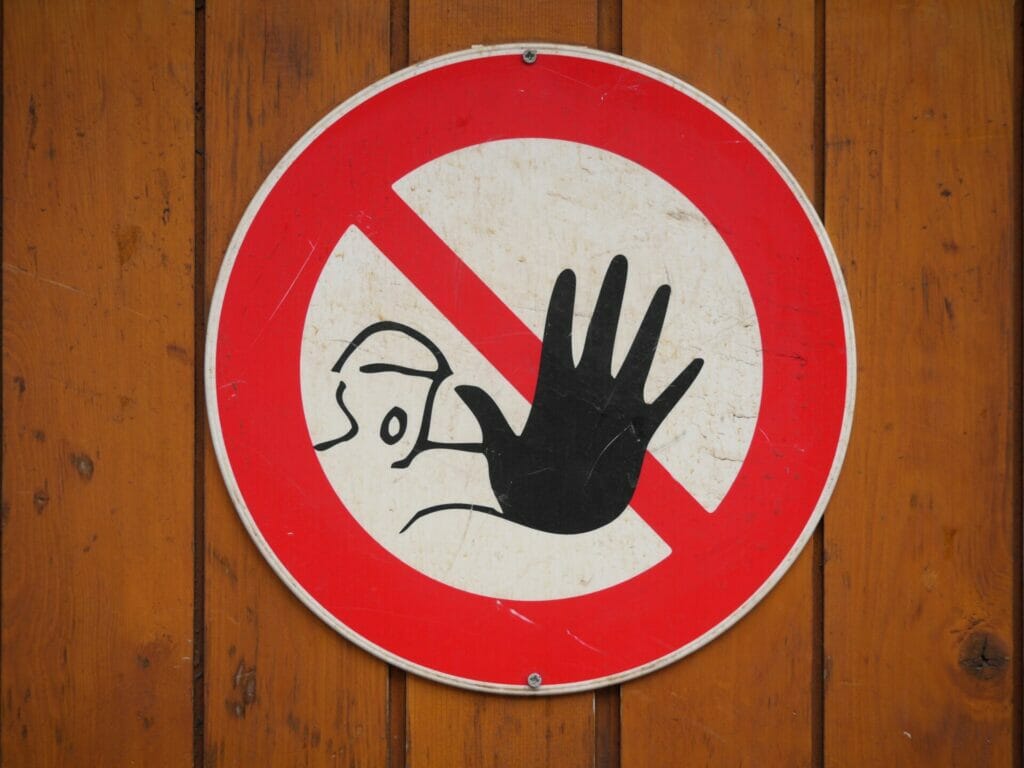
The Causes of Cravings: Self-Reflection and Analysis
The road to addiction recovery is never easy, and cravings are one of the many challenges that people in recovery face. Understanding the causes of cravings is a critical step toward managing them successfully. Self-reflection and analysis play a crucial role in identifying these causes as one of the hallmark symptoms clinicians use to help identify disordered substance use is craving, as evidenced by its recent addition to the diagnostic criteria for addictive disorders in the Diagnostic and Statistical Manual of Mental Disorders.
The causes of cravings include psychological, emotional, physical, environmental, and social factors. Psychological causes are related to thoughts, beliefs, and attitudes toward substance use or addictive behaviors. Emotional factors refer to mood swings or intense feelings such as anxiety or depression that trigger cravings for temporary relief. Physical drives involve the body’s physiological responses to drugs or specific activities such as sugar intake. Environmental causes can be the surroundings where one used substances before while social factors include peer pressure and cultural norms.
Self-reflection helps individuals identify some of these triggers through introspection, journaling, or therapy sessions with professionals trained in addiction treatment. For instance, identifying that boredom was a trigger could mean exploring alternative ways of filling time that does not involve addictive behaviors such as sports or creative hobbies.
Pro Tip: While analyzing your triggers may feel uncomfortable at first and trigger shame or guilt about past behavior patterns, seek professional support when needed instead of relapsing into old habits.
Trigger Identification: Understanding the External Factors Contributing to Cravings
As someone in addiction recovery, you may experience cravings, which can be overwhelming and difficult to manage. One technique used to combat these cravings is through trigger identification or understanding the external factors contributing to your craving.
Trigger identification involves recognizing particular situations, people, or events that lead to your cravings. By identifying these triggers and understanding why they cause cravings, you can prepare yourself for them and work towards managing them better.
Triggers can range from environmental factors like specific locations or situations to social interactions with friends or family members who engage in substance use. They can also include internal factors such as emotions related to stress, anxiety, or depression.
Identifying triggers can provide valuable insight into the underlying reasons behind your addiction, helping you better understand what may have initially led to the behavior. This awareness can help empower you to make necessary changes in your life and reinforce healthy habits moving forward.
One useful suggestion for trigger identification is keeping a journal of when and where you experience cravings. Over time, patterns may emerge that will enable you to recognize triggers more readily. Another suggestion is developing healthy coping mechanisms like practicing mindfulness or engaging in a hobby that provides a sense of satisfaction and enjoyment.
Emotional State and Cravings: Understanding the Internal Factors Contributing to Cravings
Cravings during addiction recovery can be overwhelming and difficult to resist. While we often attribute cravings to external factors such as social settings or situations, the truth is that our internal emotional state plays a significant role in triggering these cravings. Understanding this connection between our emotional state and cravings is crucial to managing them effectively.
Emotional states and cravings are interrelated in a complex way. When we experience emotions like stress, anxiety, or loneliness, our brains release chemicals that affect our mood and behavior. These chemicals can trigger cravings for drugs or other substances that temporarily alleviate those negative feelings. Additionally, people with unmanaged mental health conditions are at higher risk of developing addictions because they use drugs as a form of self-medication.
It’s important to note that not all cravings are linked to negative emotions; positive emotions like happiness or excitement can also trigger cravings for substances associated with those feelings. That’s why understanding internal factors contributing to craving management can help individuals recognize triggers for both positive and negative emotions.
Developing Healthy Coping Strategies in Addiction Recovery
“Substance use disorders (SUD) contribute substantially to the global burden of disease with wide-reaching impacts on health and well-being” (Effects of acute exercise on drug craving in adults with poly-substance use disorder. A randomized controlled trial, Ellingsen et al., 2021.) When recovering from addiction, managing cravings can be one of the biggest challenges one must face. Developing healthy coping strategies can be a crucial aspect of addiction recovery, helping to ease the process of managing triggers and cravings.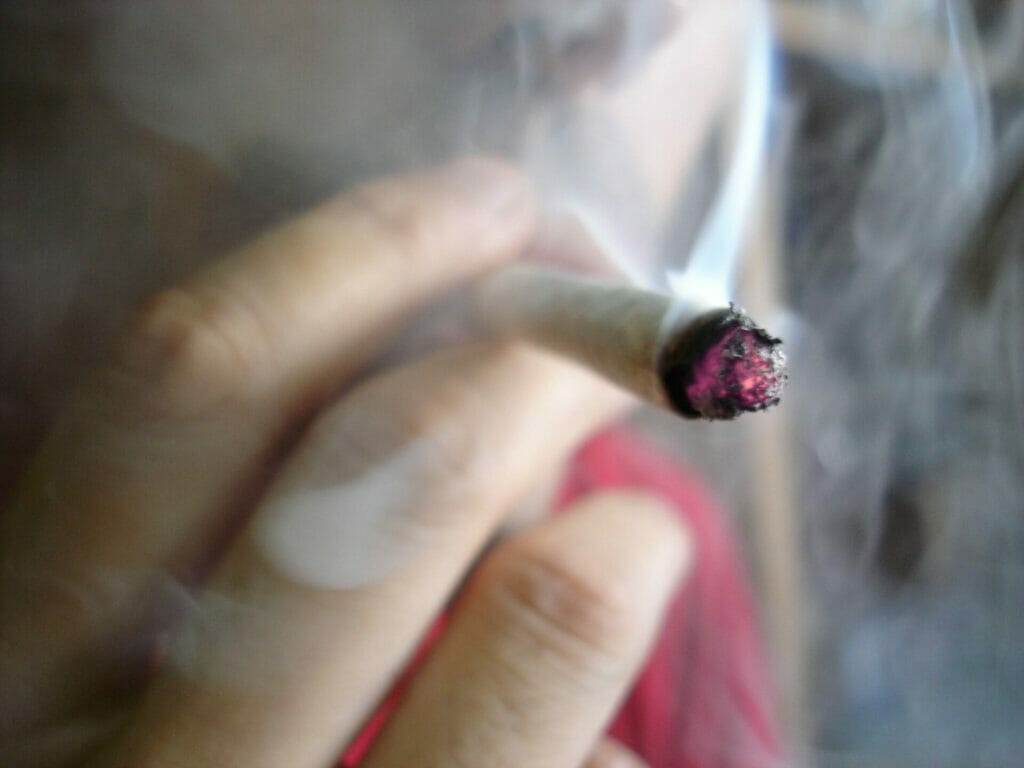
Creating a Comprehensive Plan: Strategies to Overcome Cravings
Dealing with cravings during addiction recovery is an enormous challenge for many individuals. It is essential to have a comprehensive plan that focuses on strategies to manage and overcome these cravings successfully. Such a plan can help people stay focused on their recovery goals, avoid relapse, and build healthy habits.
Creating a comprehensive plan involves identifying the triggers that lead to your cravings, understanding your patterns of behavior, and developing coping mechanisms that will work best for you. This plan might include activities such as exercise, meditation, or therapy sessions. The goal of this strategy is to break the cycle of craving by replacing negative habits with positive ones.
For creating a comprehensive plan to overcome cravings effectively, it’s important to understand the challenges associated with addiction recovery fully. Many individuals struggle with issues like mental health problems or trauma in addition to their addictive behavior, which could trigger cravings. Therefore, it’s crucial to approach addiction recovery holistically rather than focusing solely on physical withdrawal symptoms.
One valuable strategy for overcoming cravings is cognitive-behavioral therapy (CBT), which helps individuals identify and address the negative thought patterns that contribute to addiction. In fact, according to the National Institute on Drug Abuse (NIDA), CBT has been found effective in treating substance use disorders.
Identifying Healthy Coping Mechanisms
Identifying healthy coping mechanisms is an essential part of addiction recovery. Coping mechanisms refer to the strategies or methods that individuals use to manage stress, emotions, and difficult situations. In the context of addiction, it involves developing habits or activities that help to resist cravings or urges for drugs or alcohol.
Identifying healthy coping mechanisms entails gaining self-awareness and recognizing negative behavior patterns that contribute to substance abuse. Additionally, it also entails learning new ways of responding to triggers and stressors without resorting to drugs or alcohol. Adopting a healthy lifestyle, and engaging in meaningful activities such as exercise, meditation, and therapy are some examples of healthy coping mechanisms that can help in addiction recovery.
Effective coping strategies often involve behavioral interventions such as mindfulness-based relapse prevention therapy (MBRP) which has proven successful in helping people manage cravings during alcohol rehab. MBRP seeks to train individuals on how to bring awareness into their body sensations, identify triggers or stresses that precede cravings, and respond mindfully instead of reacting impulsively.
The process of identifying healthy coping mechanisms can be challenging, however with guidance from professionals such as therapists and counselors and peer support groups like Alcoholics Anonymous (AA) individuals can learn healthy habits that work for them. It s important to note that what works for one person may not work for another because everyone s journey toward addiction recovery is different.
For example, a true history story about identifying healthy coping mechanisms could be someone who overcame their addiction through music. This individual learned how playing the guitar helped alleviate stress & cravings while on tour with their band and eventually became a cornerstone habit in his sober life after recovery.
Building a Support System: Overcoming Cravings with the Help of Loved Ones
One of the most challenging aspects of addiction recovery is managing cravings. The urge to use can be overwhelming and difficult to control, especially during the early stages of recovery. Building a support system can be an effective way to overcome cravings with the help of loved ones.
A support system typically consists of family members, friends, or other individuals who provide encouragement, accountability, and emotional support. They can assist in creating a plan to manage cravings by identifying triggers and developing coping strategies.
When it comes to overcoming cravings, having someone to talk to can make all the difference. Simply sharing your thoughts and feelings with someone who understands what you’re going through can help reduce stress and provide a sense of relief. Additionally, having people in your corner who believe in you and want to see you succeed can boost morale and motivate you to stay on track.
Support from loved ones is not just helpful for the person in recovery; it can also benefit the entire family unit. Addiction takes a toll on everyone involved, so building a strong support system can help cope with depression during addiction recovery and facilitate healing for all parties.
Building a support system requires effort and vulnerability but it is worth it in the long run for those facing addiction recovery struggles. For those who may not currently have an adequate support system set up, take action today by reaching out to loved ones and fostering these crucial relationships!
Improving Self-Awareness for Effective Cravings Management in Addiction Recovery
In addiction recovery, managing cravings is a significant challenge, but it’s essential to understand that it’s not impossible. One effective way to manage cravings is by improving self-awareness. When you become self-aware, you can identify triggers that lead to the cravings and work towards coping with them effectively.

Practice Mindfulness: Focusing on the Present Moment
When it comes to managing cravings during addiction recovery, one effective technique is to practice mindfulness by focusing on the present moment. This means being fully aware and engaged in what you are doing right now, rather than getting lost in racing thoughts or worries about the future or regrets about the past.
Mindfulness works by helping you recognize and let go of negative emotions and patterns of thought that can fuel cravings for drugs or alcohol. Instead of trying to suppress or ignore these feelings, you learn to acknowledge them without judgment and then shift your focus back to the present moment, where you can find peace and clarity.
Some valuable and rare information about mindfulness is that it has been shown to activate specific areas of the brain associated with emotional regulation, attention control, and self-awareness. Additionally, regular mindfulness practice has been linked with a range of benefits beyond addiction recovery, including reduced stress, improved sleep quality, increased empathy, and enhanced cognitive function.
If you’re struggling with addiction cravings, don’t wait any longer to start practicing mindfulness. By staying present in each moment and resisting the urge to get caught up in negative thoughts or feelings, you can gain a greater sense of control over your actions and emotions. Remember: every moment presents an opportunity for growth and healing don’t miss out on this chance for positive change.
Identifying Feelings: Developing Emotional Awareness
Identifying our feelings and developing emotional awareness is crucial in managing cravings during addiction recovery. By recognizing how we feel, we can develop a deeper understanding of ourselves and our triggers. This self-awareness can help us make better choices and manage our temptations more effectively.
To begin identifying our feelings, we can follow a 5-step process:
- First, we need to pause and take a moment to observe our emotions.
- Second, we can name the emotion we are feeling – this gives us a sense of control over our feelings.
- Third, we need to investigate what triggered that emotion.
- Fourth, we can try to connect the emotion with past experiences or events that might have contributed to it.
- Last but not least, we need to reflect on the significance of this emotion and how it affects us.
Emotional awareness helps us understand ourselves better by exploring the link between our feelings and behavior patterns, which are often connected to addiction. For example, addictive behaviors may be driven by fear or anxiety if someone is worried about losing their job or experiencing relationship breakdowns, they may drink alcohol or use drugs to cope with those fears.
By identifying these underlying emotions properly, individuals are more likely to find healthier ways of coping with them without turning back to their destructive habits for relief. Hence, emotional awareness allows us to create new ways of thinking that help us cope with stressful situations without them leading back into substance abuse.
Expressing Emotions in a Healthy Way
Expressing emotions in a healthy way is crucial for effective cravings management during addiction recovery. When emotions are bottled up, they can lead to stress and anxiety, which may trigger cravings. On the other hand, when expressed in a healthy way, emotions can help individuals identify and address underlying issues that contribute to addictive behaviors.
Expressing emotions can be done in various ways, such as through journaling, talking with a trusted friend or family member, or engaging in physical activities like yoga or meditation. By releasing emotions through these channels, individuals can gain better insight into their triggers and learn how to manage them effectively.
One of the reasons expressing emotions works is that it allows individuals to confront uncomfortable feelings instead of avoiding them. By acknowledging and addressing these feelings head-on, individuals can break free from unhealthy coping mechanisms like substance abuse.
Interestingly enough, research has shown that suppressing emotions not only heightens negative emotional responses but also puts a person at higher risk of illness by weakening its immune system responses.
Pro Tip: It’s important to give yourself permission to feel your feelings fully — and then let them go. Remind yourself that emotions are temporary and will naturally fluctuate; taking steps to work through them may ultimately ease depression during addiction recovery.
Seeking Professional Help to Manage Cravings During Addiction Recovery
In my personal journey toward addiction recovery, managing and coping with cravings has been one of the toughest challenges. Seeking professional help has been an instrumental step in my recovery process, as it has equipped me with the necessary tools to navigate through intense cravings.

Finding a Therapist or Support Group
Finding a therapist or support group can be a daunting task for anyone, let alone for those recovering from addiction. However, it is an essential part of the recovery journey as they provide a safe space to share and receive guidance on managing cravings.
Firstly, start by identifying what type of help you are looking for. A therapist provides one-on-one counseling sessions to address specific issues, while support groups bring together individuals who may have similar experiences and offer peer support in a group setting.
Secondly, location and accessibility should be considered when searching for a therapist or support group. Research different options and make sure they are within a reasonable distance from your home or workplace.
Thirdly, check their qualifications and expertise in addiction recovery. It’s crucial to ensure that the therapist or support group has experience working with individuals in recovery to provide targeted support.
Lastly, financial considerations may also come into play. Some therapists offer sliding scales according to income levels, and many free 12-step programs are available such as Alcoholics Anonymous (AA) or Narcotics Anonymous (NA).
It’s important not to give up if the first therapist or support group you attend doesn’t feel like the right fit. Keep searching until you find a safe and supportive environment where you can share your struggles without fear of judgment.
Remember that seeking professional help is not a sign of weakness; it takes strength and courage to admit that you need assistance in managing cravings during addiction recovery.
Medication-Assisted Treatment Options for Cravings
For individuals who are struggling with addiction, managing cravings can be a difficult and overwhelming task. However, these options exist as viable options to combat these urges during addiction recovery.
Medication-Assisted Treatment is the use of medication paired with behavioral therapy to treat substance use disorders. Medications such as methadone, naltrexone, and buprenorphine are examples of drugs used to alleviate cravings by blocking the effects of drugs or easing withdrawal symptoms in order to break relapse cycles. It works by reducing anxiety and increasing positive feelings experienced when using drugs, which can help control impulses and reduce thoughts associated with drug use.
While medication-assisted treatments have their own set of controversies regarding dependency on the medicine itself, research has shown increased success rates among patients who take this approach over those who solely attend counseling or try to quit cold turkey. Additionally, medication-assisted treatment options for cravings have been proven effective in different age groups and genders.
To manage cravings during addiction recovery, a patient once shared his successful experience with medication-assisted treatment after battling addiction: “It was like I finally had a tool to fight against those urges that always crept up on me.” This echoes the sentiment that medication-assisted treatment serves as an additional tool aside from just counseling or support groups in helping manage one’s addiction. For those looking to rebuild relationships during addiction recovery, there are helpful resources available such as this guide on how to rebuild relationships during addiction recovery.
Relapse Prevention: Preparing for the Future
Preparation is a crucial step in addiction recovery that focuses on ensuring that individuals remain drug-free and do not fall back into their previous habits. This involves taking proactive steps to manage cravings and avoid situations that could potentially trigger a relapse.
Relapse prevention works by addressing the underlying causes of addiction, such as stress, depression, and anxiety. Through therapy and counseling, individuals can learn to identify triggers that may lead to a relapse and develop coping mechanisms to deal with them effectively.
One valuable piece of information regarding relapse prevention is that it is not a one-size-fits-all approach. Each person’s journey of addiction recovery is unique, and therefore, the strategies used must also be tailored to fit their needs. This might include attending support groups or developing an exercise routine to manage cravings.
To prepare for the future and prevent potential relapses, here are some suggestions:
- Develop a strong support system: surround yourself with people who understand your struggles and can offer guidance or help when necessary.
- Create a structured daily routine: this helps keep you occupied and focused on positive activities rather than falling back into unhealthy behaviors.
- Practice self-care: find healthy ways to manage stress and prioritize your mental health through meditation or counseling sessions.
Remember, preparing for the future is all about taking small but significant steps toward remaining drug-free. By arming yourself with effective coping mechanisms, you can overcome any obstacles that come your way and achieve long-term success in overcoming addiction.
Positive Distractions to Overcome Cravings During Addiction Recovery
Addiction recovery can be a challenging journey, especially when faced with strong cravings that can trigger a relapse. However, there are various positive distractions that can help manage and overcome these urges. 
Get Active: Exercise and Physical Activity
Exercise and Physical Activity are impactful ways to manage cravings during addiction recovery. It has been observed that exercise triggers the release of endorphins, the body’s natural feel-good chemicals, which helps in reducing stress and promoting a sense of well-being.
Exercise and physical activity help individuals distract their minds from obsessive thoughts and stressful emotions. When one exercises, it requires complete attention, focus, and effort; hence it helps reduce the intensity of cravings by shifting the individual’s focus towards a healthier habit. The act of exercising also provides individuals with a sense of accomplishment, self-esteem, and confidence that they can overcome their addiction.
A study conducted by the University of Kansas found that regular exercise can improve mood disorders like depression and anxiety that often co-occur with addiction. Moreover, exercise stimulates the brain’s pleasure centers responsible for rewards and motivation, which results in decreased dependence on drugs or alcohol.
Famous basketball player Chris Herren used his love for sports as a way to distract himself from his addiction during his recovery journey. He emphasized in an interview that even small actions like taking walks or bike rides helped him maintain sobriety by providing clarity of mind.
Engaging Creativity as a Distraction
This approach involves diverting one’s attention towards a creative activity to distract oneself from the urge to engage in addictive behavior.
Firstly, engaging in creativity allows individuals to disconnect from their triggers and the negative emotions associated with cravings. The process of creating something new taps into a different part of the brain and offers an alternative focus for their energy and thoughts. This not only provides temporary relief from cravings but also fosters a sense of accomplishment and self-efficacy.
Secondly, creative hobbies such as painting, music, writing or baking help individuals channel their emotions and express themselves in a healthy way. Rather than resorting to destructive behaviors, they can use creative outlets to process their feelings and release pent-up energy. Additionally, these activities provide a sense of purpose and meaning beyond the pursuit of addiction.
Finally, creativity can have therapeutic benefits for those recovering from addiction. Art therapy has been shown to reduce anxiety, depression, and other negative emotions that may contribute to substance abuse. Music therapy has also helped individuals cope with addiction by improving mood regulation and enhancing communication skills.
One example of Engaging Creativity as a Distraction comes from guitarist Eric Clapton who turned to music during his own recovery from alcoholism. In his autobiography, he wrote about how immersing himself in the recording process helped him stay sober by providing structure to his life and inspiring him creatively.
Seeking Support from Positive People: Overcoming Cravings Together
The journey toward addiction recovery can be a challenging one, particularly when faced with cravings that arise out of nowhere. In such situations, it is imperative to have a support system in place that includes positive people who can help during these tough times.
Overcoming cravings together involves several facets, including building a strong network of individuals who can offer encouragement, motivation, and practical help when needed. Such individuals may include loved ones or addiction counselors who can play an active role in reinforcing healthy habits and behaviors.
It is important to note that seeking support is not a sign of weakness but rather highlights one’s desire and commitment to overcoming cravings and living an addiction-free life. Additionally, it provides avenues for sharing experiences, learning from others’ struggles, and gaining new perspectives on what works best for each individual.
According to the National Institute of Drug Abuse (NIDA), peer-based recovery support services have been demonstrated to improve outcomes for those in recovery from substance use disorders. This highlights the importance of seeking support from positive people as part of an overall strategy toward managing cravings during addiction recovery.
Some Facts About How to Manage Cravings During Addiction Recovery:
- Cravings are a common and normal part of addiction recovery, but they can be managed. (Source: Verywell Mind)
- Avoiding triggers, practicing self-care, and staying connected to support groups can help manage cravings during addiction recovery. (Source: American Addiction Centers)
- Exercise has been shown to help reduce drug cravings and improve overall mental health in addiction recovery. (Source: Harvard Health Publishing)
- Mindfulness practices, such as meditation and deep breathing, can also be effective tools for managing cravings during addiction recovery. (Source: National Institute on Drug Abuse)
- Developing a relapse prevention plan with a mental health professional can also help in managing cravings during addiction recovery and preventing relapse. (Source: Addiction Center)
FAQs about How To Manage Cravings During Addiction Recovery
How to manage cravings during addiction recovery?
Managing cravings during addiction recovery is a significant part of recovery. Here are some tips to manage your cravings during addiction recovery:
- Find a positive distraction
- Engage in physical activity
- Seek support from loved ones or a support group
- Stay away from triggers that may lead to a craving
- Focus on your progress and your goals
Why is it important to manage cravings ruring Addiction Recovery?
Managing cravings during addiction recovery is important because it is a sign that the brain is still craving the substance. Although if cravings are not managed effectively, it can lead to relapse and set back the progress of the addiction recovery.
What are the physical symptoms of cravings during addiction recovery?
These are some physical symptoms of cravings during addiction recovery:
- Sweating
- Chills
- Nausea
- Tremors or shaking
- High blood pressure or heart rate
Can cravings during addiction recovery be avoided?
No, cravings cannot always be avoided, however, they can be managed. Although by developing a strong support system and engaging in healthy distractions, you can minimize the impact and duration of a craving.
How long do cravings last during addiction recovery?
Cravings last during addiction recovery varies from person to person and can depend on the substance being abused. However, cravings can last anywhere from a few minutes to several hours. The intensity and frequency of cravings also decrease over time as the brain and body adjust to not having the substance.
Do cravings during addiction recovery ever go away?
Cravings during addiction recovery can become less intense and less frequent over time, although they may never completely go away. However, as sobriety becomes more ingrained and the reasons for the addiction are addressed, the power of the cravings diminishes.



